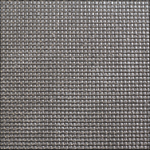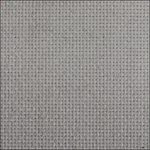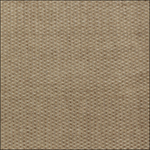Choosing the Right Fabric Expansion Joint Materials
Selecting the correct material for a fabric expansion joint is important for its performance and life span. The flexible belt is a composite of multiple layers, each serving a specific function, such as a gas seal, thermal barrier, or chemical resistance layer. The choice of materials depends on the application’s operating temperature, chemical compatibility, pressure, and the need for abrasion resistance. Find the right material for your project and explore the chart below to find the best fabric for your fabric expansion joint that will meet the needs of your specific application:
| Temperature | Materials | Advantages | Pressure | Chemical Resistance | Applications |
| Low Ambient – 250°F |
|
|
Medium | High |
|
| Medium 250 – 500°F |
|
|
Low | High |
|
| High 500 – 700°F |
|
|
Low | Medium |
|
| High 700 – 1000°F |
|
|
Low | Low |
|
| High 1000 – 1800°F *3-layer |
|
|
Low | Low |
|
*We use a combination of materials to achieve a higher temperature rating.
 |
 |
 |
|
| Reinforced Silicone Fabric | PTFE Coated Glass Cloth | Aluminized Glass Cloth | Silica Oxide Glass Cloth |
US Bellows: Engineered Fabric Joints for Optimal Performance
US Bellows provides high-performance fabric expansion joints by offering a wide range of custom-engineered materials designed to meet the temperature, pressure, and chemical resistance needs of diverse industrial applications.
Ready to request a quote for your fabric expansion joint?


